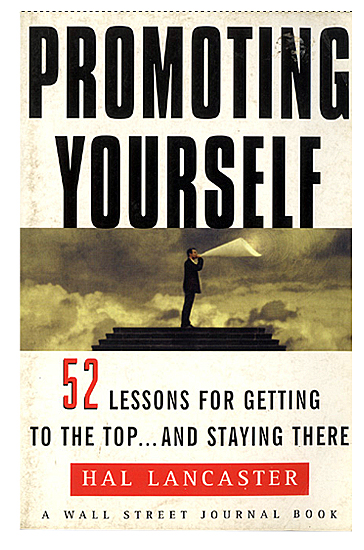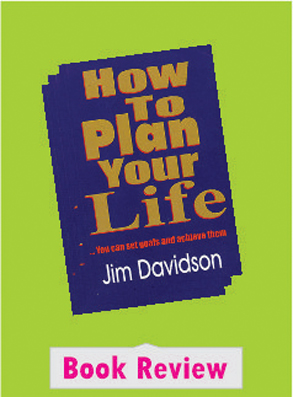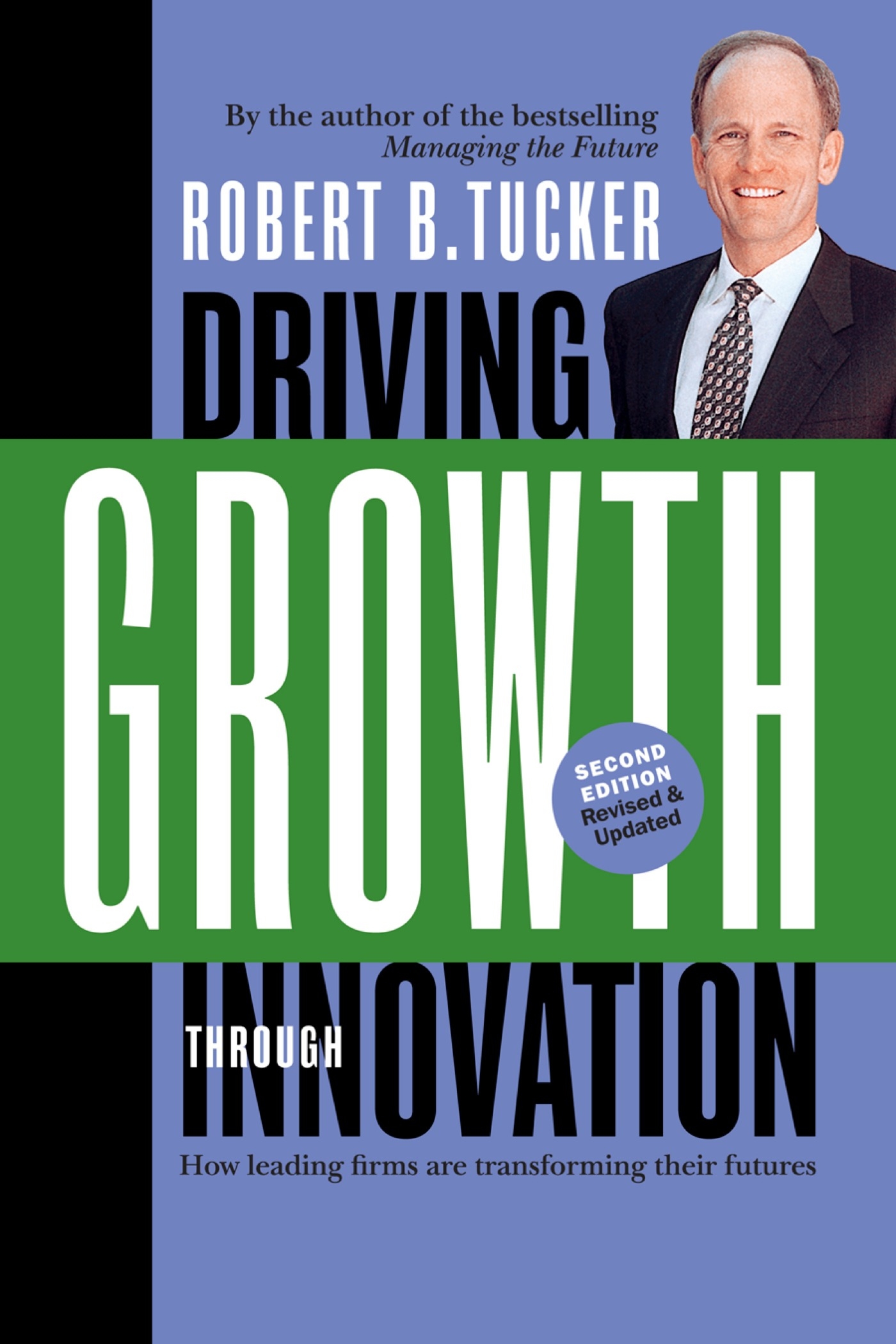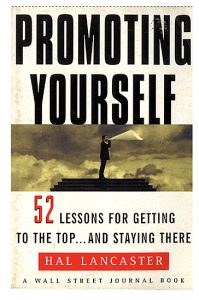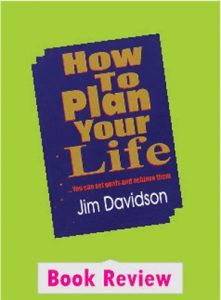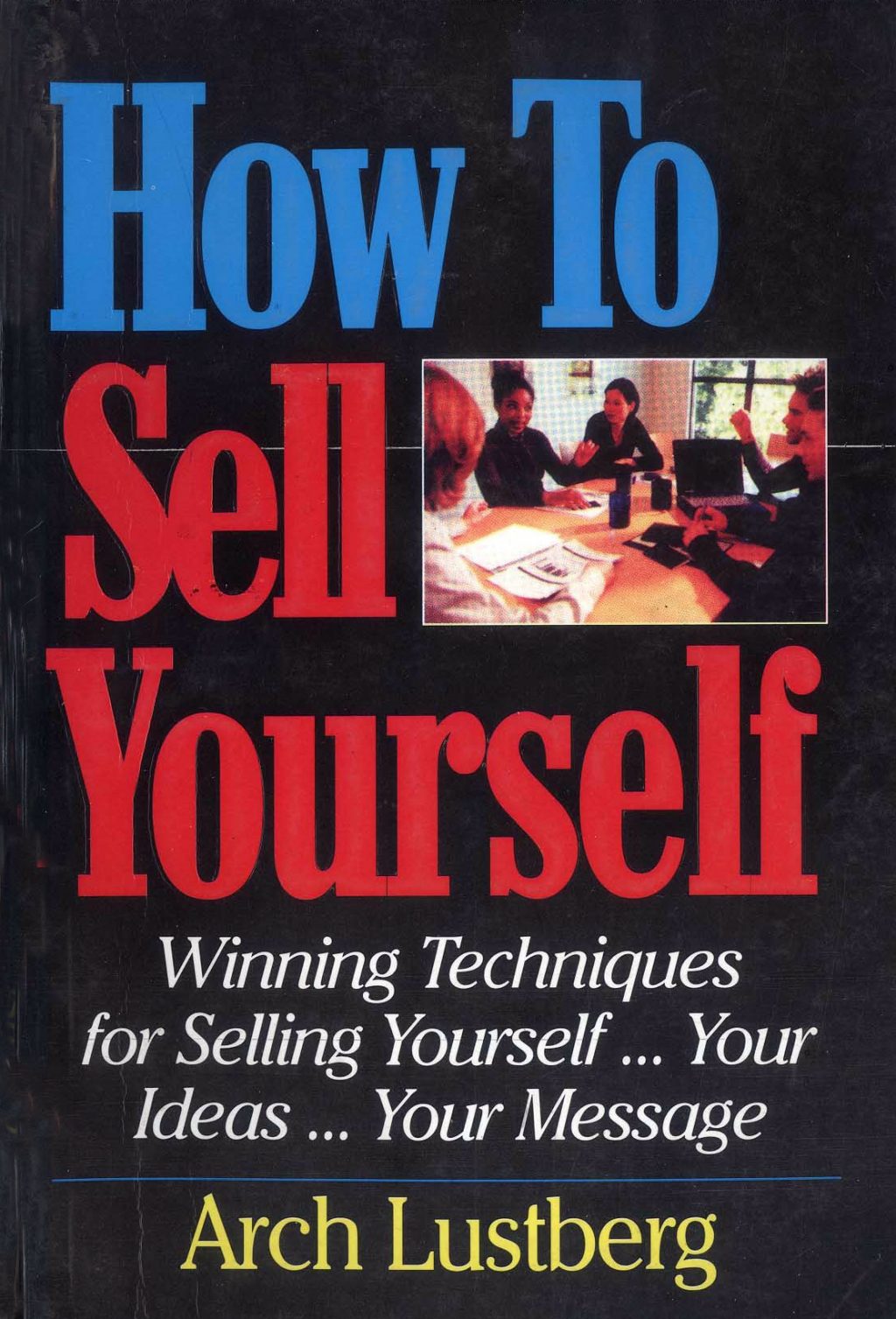
Author: Arch Lustberg
Publisher: Pinnacle of Grace
One of the ways to excel in life is to know how to effectively position, sell or market yourself in every situation. And communication is very critical to success in this area. That is why I want us to examine this text entitled How to Sell Yourself.
It is written by Arch Lustberg, a communication expert who taught Speech and Drama at The Catholic University of America in Washington, D.C. for 10 years. Lustberg owns Arch Lustberg Communications.
He says communication means transfer of information from one mind to another mind, or to a group of other minds. Lustberg adds that it can be in the form of an idea, a fact, an image, an emotion, or a story. This author then submits that the premise of this book is therefore to stress that every time you open your mouth, in order for communication to happen, you have to sell yourself. Lustberg asserts that if you do not sell yourself, communication is nearly impossible.
According to him, we think of selling as being product-oriented. Lustberg adds that this is only one aspect of selling. In the case of product sales, the factors are usually the salesperson and the price, he expatiates, stressing that even when there is a slight price difference, we rarely buy any big-ticket item from someone we really dislike. Lustberg stresses that ideas are not much different, especially that the only time we pay close attention to an idea being communicated by someone we do not like is when we have a heavy personal or emotional investment in the subject.
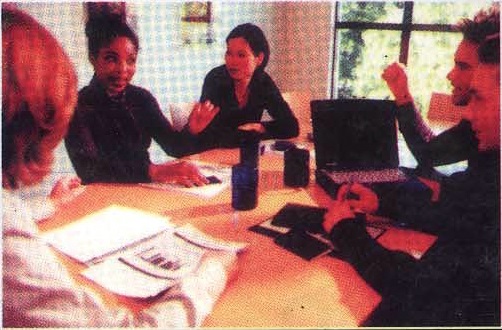
He says you can have the best message in the world, but if you do not present the message the way you intended it, you are probably communicating the wrong message.
Structurally, this text is segmented into 14 chapters. Chapter one is entitled Selling yourself. According to Lustberg here, there are three things you need to sell yourself, and these are competence, likability and luck. He says the first two will almost always deliver the third, adding that having competence and likability is not enough. This author stress that most of us already have them, adding that what is needed, and what this book will emphasise, is the audience’s perception that you are competent and likable.
In Lustberg’s words, “It isn’t about faking it, or fooling the audience… Real people like you and me need to learn some basic techniques that will let us be our real selves in the presentation situation.”
Chapter two is based on selling your competence. The author educates that there are four communication tools available to everybody, and these are the mind, the face, the body and the voice. He says, “I’m going to oversimplify matters by calling the way you use your mind the audience’s determination of your competence; and your face, body, and voice your like ‘likability’. We can call your mind your ‘substance’. Your face, body, and voice your ‘style’. Or we can refer to your mind as ‘what you say’, and the other three as ‘how you say it’.”
He adds that only very few people are wonderful when they are winging it. Lustberg explains that some are “naturals” while most are not. “Never forget that you know more than anyone else about certain things… You are unique. Use this to your advantage. Only you can put it all together in your particular way. But do it with care…,” he educates.
In chapters three to eight, Lustberg X-rays concepts such as selling your likability; selling with confidence; selling with the right signals; selling yourself as a speaker; selling yourself in confrontation and media interviews; and selling yourself in the classroom.
Chapter nine has the subject matter of selling your product. Here, this author discusses how to sell your product by selling yourself. Lustberg says over the years, he has trained thousands of Merril Lynch financial consultants. He stresses that at first, the people he trained were professionals with several years of experience and above-average sales records. “They reported that their sales shot through the roof after understanding the open face, eye contact, gesture, storytelling, personalising, and appearing not as sales professionals, but as loving family members,” illuminates Lustberg.
He adds that for a sale to take place and for customer satisfaction to be the final and enduring result, some basic principles must apply. These, according to him, are: first, you must know your product; second, you must believe in your company, your product and yourself; and third, you also know the territory.
In chapters ten to 14, the author examines concepts such as selling yourself in the job interview; selling when testifying; selling yourself in meetings; selling yourself in negotiations; and the ‘selling yourself’ handbook.
Stylistically, this text radiates some uniqueness. This is expected given that Lustberg is a communicator. The language is simple and standard, and the presentation very logical. Lustberg uses a lot of didactic illustrations, analytical details, autobiographical effects, classical/literary allusions to achieve analytical amplification, as well as understanding and conviction on readers’ part. What’s more, he employs visual textual distinction by making areas of conceptual emphases bold to attract attention. The outer front cover is non-verbally communicative and the inside pages well laid out.
However, Lustberg can still improve on this text by harmonising the chapters for compactness. Doing this will even reduce the problem of repetition and redundancy noticed in the text, which he admits in chapter nine. A grammatical error noticed in this book is Real people like you and me need …(page 15) instead of Real people like you and I need…. The Me is supposed to be in the subject case ( I ) because it is not serving as an object to any antecedent or subject. In spite of all the shortcomings, this text is a good one. It is a must-read for anybody that is prepared to showcase his or her competence and achieve success through effective communication strategies.


